#Northern Baroque
Photo
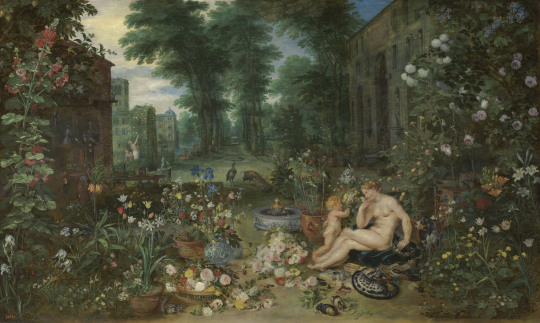
The Sense of Smell
Peter Paul Rubens (Flemish; 1577–1640) and Jan Brueghel the Elder (Flemish; 1568–1625)
1617–18
Oil on panel
Museo Nacional del Prado, Madrid, Spain
#Baroque art#Baroque paintings#Northern Baroque#Baroque painters#Flemish Baroque#Peter Paul Rubens#Rubens#Flemish painters#Flemish paintings#Flemish artists#Flemish art#1610s#17th-century art#17th century#17th-century Flemish painters#17th-century Flemish artists#smell#senses#flowers#gardens#Jan Brueghel the Elder#Brueghel the Elder#Cupid#Venus#fountains#allegories#allegory#hollyhocks#peacocks#five senses
450 notes
·
View notes
Text

Portrait of the Comte de Guiche
Sébastien Bourdon
c. 1660
4 notes
·
View notes
Text

Landscape with Grotto and a Rider, Joos de Momper the Younger, ca. 1616
#art#art history#Joos de Momper#Joos de Momper the Younger#landscape#landscape painting#imaginary landscape#Mannerism#Mannerist art#Northern Mannerism#Baroque#Baroque art#Flemish Baroque#Flemish art#17th century art#oil on canvas#Yale University Art Gallery
361 notes
·
View notes
Text


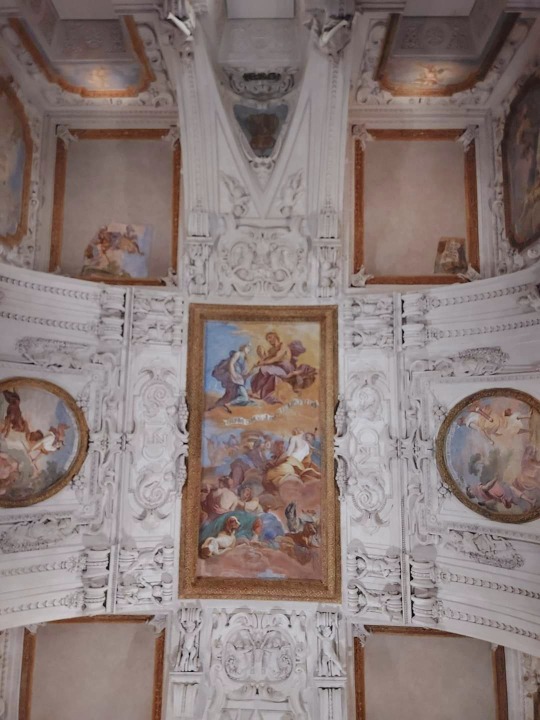

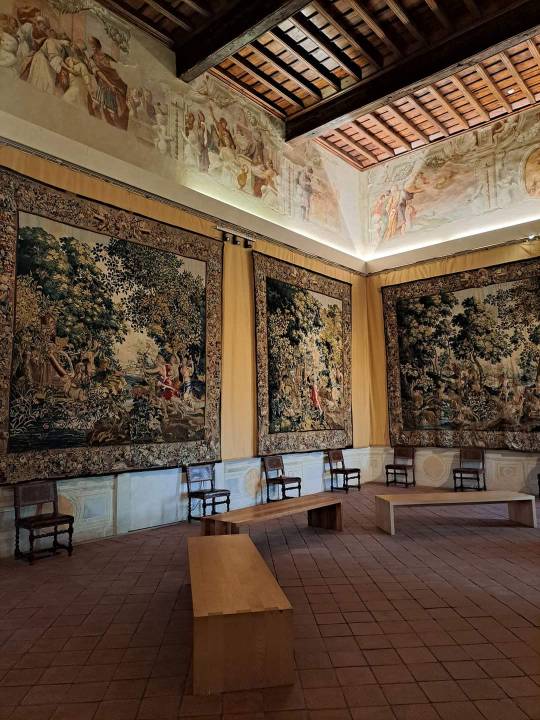



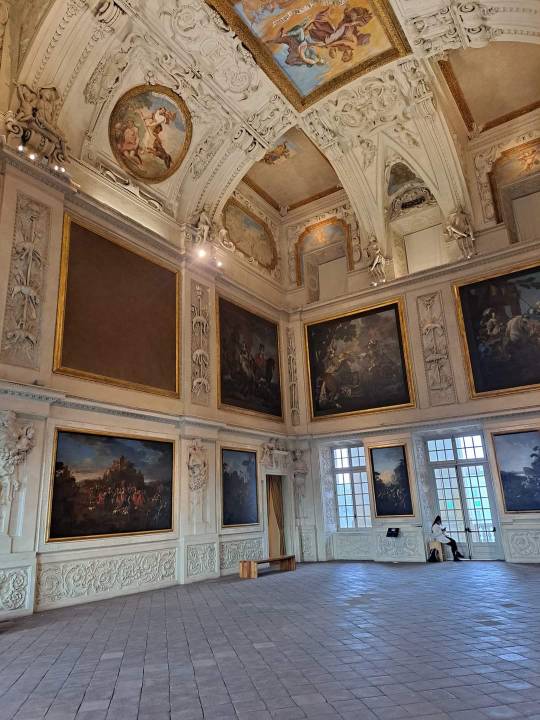
Reggia Venaria (Turin, Italy)
#italy#baroque architecture#artedit#photography#reggia venaria#turin#art history#royal palace#torino#italian art#italian architecture#art#royal palaces#baroque#aesthetic#ceiling#interior design#interiors#baroque art#northern italy#beautiful#luxury
34 notes
·
View notes
Text

Jan Brueghel the Elder (1568–1625) and Peter Paul Rubens (1577–1640) • Flora and Zephyr • 1618 • Schloss Mosigkau Castle, Saxony-Anhalt, Germany
#art#painting#fine art#art history#jan brueghel the elder#peter paul rubens#baroque art#mythological painting#flemish art#17th century northern european art#flowers in artworks#art nude#cherubs#pagan sphinx art blog
41 notes
·
View notes
Text




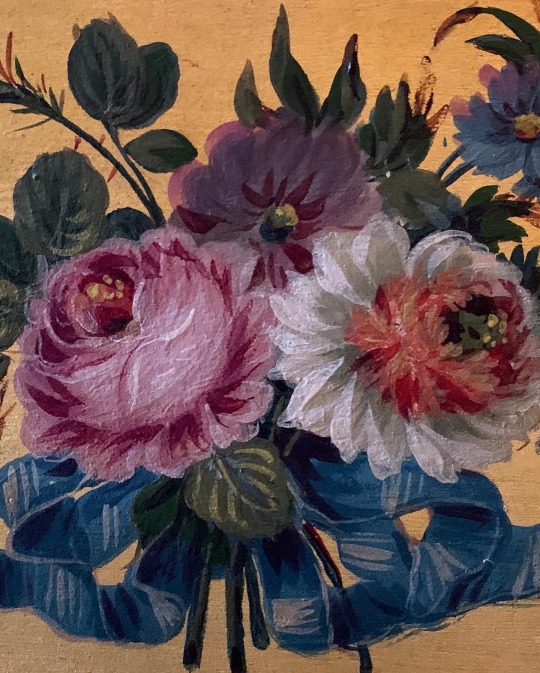



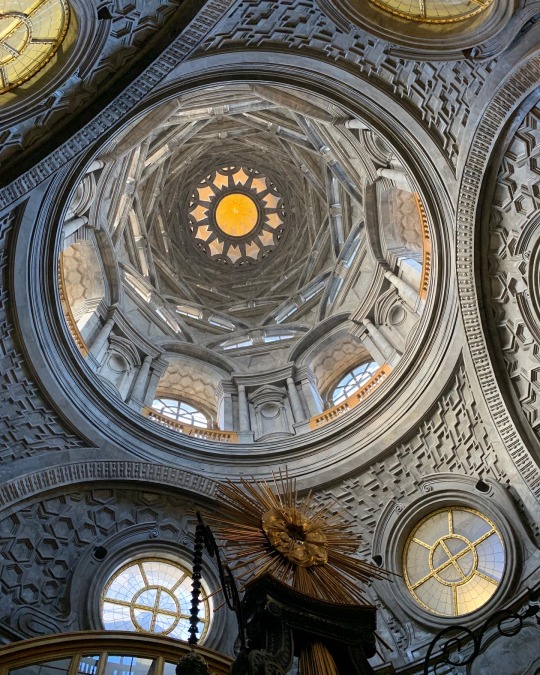
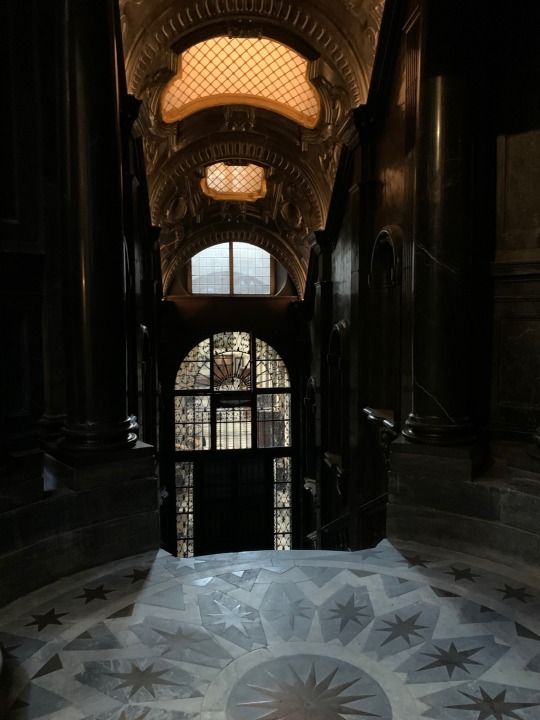
Sumptuous Baroque palaces, steaming cups of hot chocolate, rainy cuddles, and leisurely sips of heavenly wines. This is Torino. Tomorrow we are headed to the immense Egyptian Museum, Palazzo Madamma and the royal gardens. A stop for bicerin is a must.
48 notes
·
View notes
Text
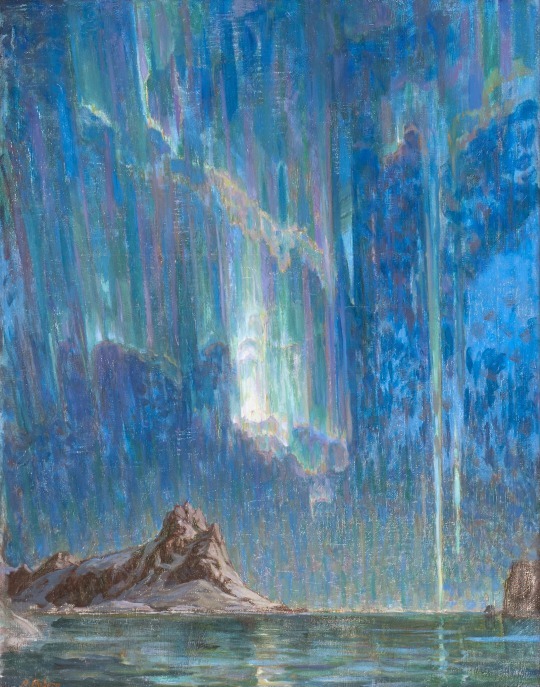
"Northern Lights" from Anna Boberg, 1864
19 notes
·
View notes
Photo

Abraham Govaerts - Wooded landscape with Gypsy Women (?), 1612.
29 notes
·
View notes
Photo
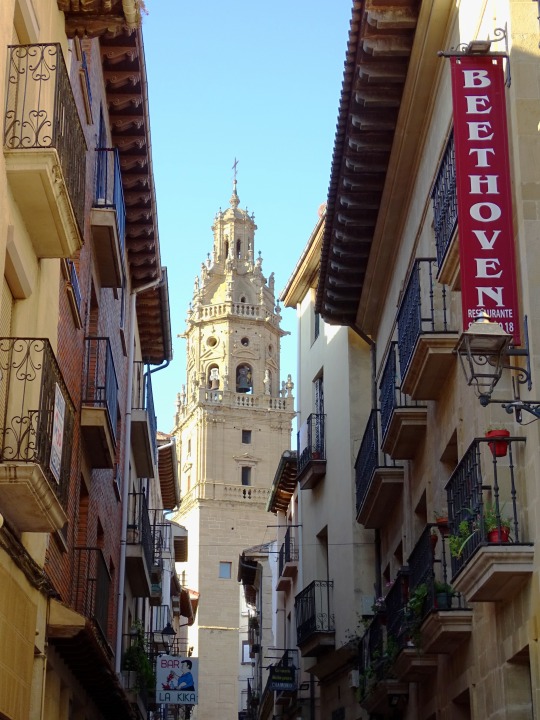
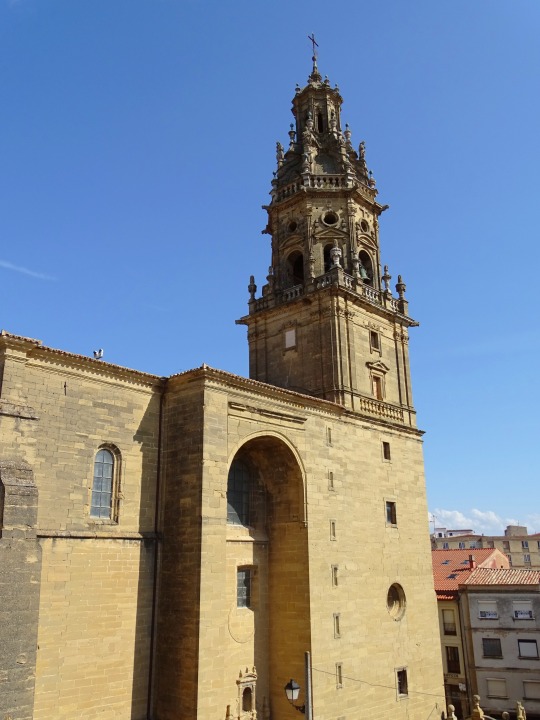
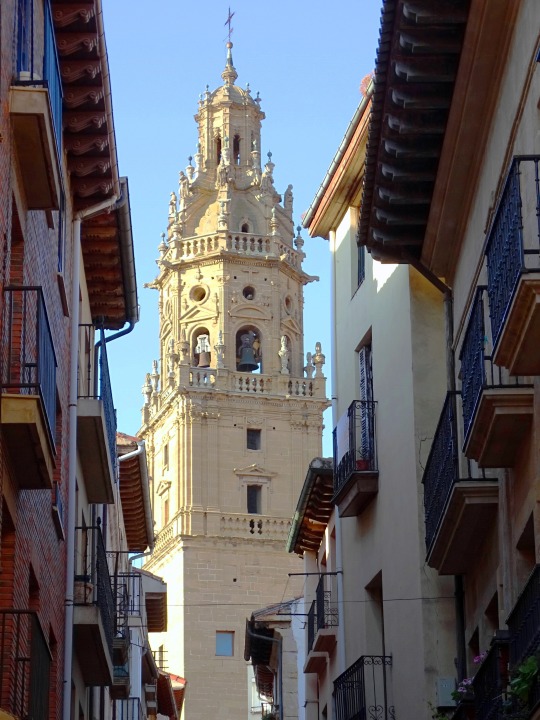
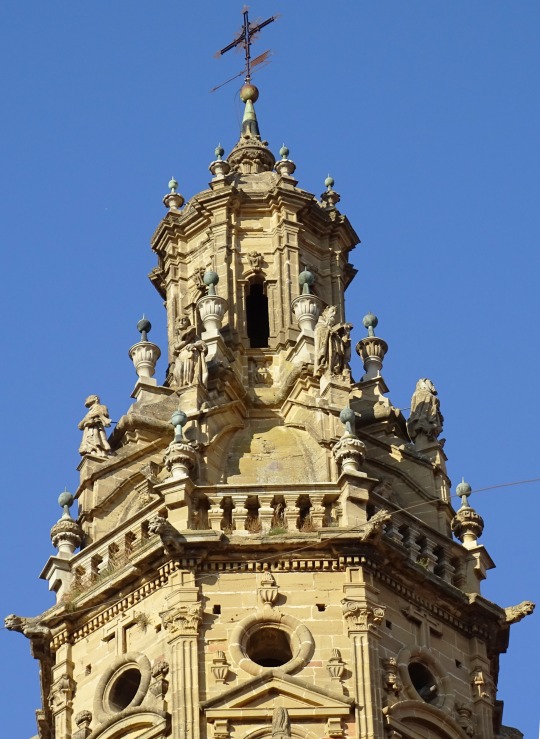


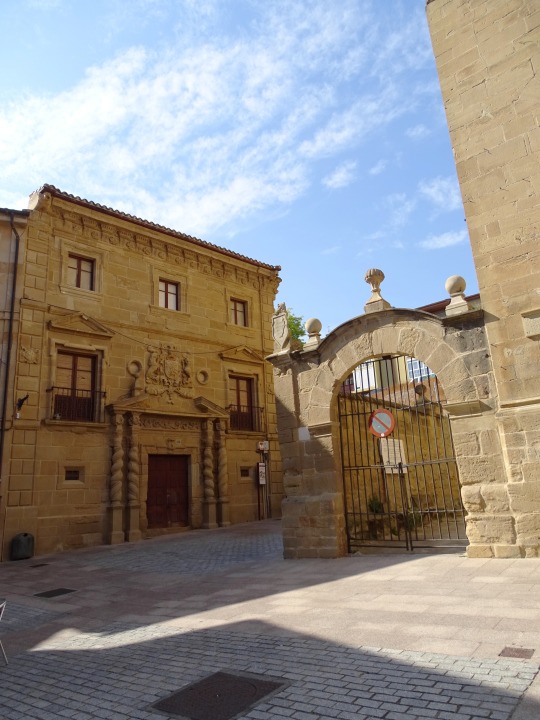



Church of Santo Tomás, Haro (No. 2)
Haro's Counts' palace
This three-floor palace alongside the Saint Thomas parish church is a mixture of styles between early Renaissance, characterised by great ornamental sobriety, later evolving to the more decorative and ornate baroque. The transition from late 16th to early 17th century can be clearly seen.
As architectural highlights we have the portal facade with mixtilinear mouldings, dual Solomonic columns and broken pediment and ball and pyramid acroteria, in the style of El Escorial. We can also see floral motifs and fantastic figures such as gargoyles in the eaves and elaborate coats of arms and medallions.
It was rebuilt in 1959 and restored in 2006.
Source
#Iglesia Colegiata de Santo Tomás#Church of Santo Tomás#Haro's Counts' palace#Haro#La Rioja#Northern Spain#Southern Europe#alley#original photography#Felipe Bigarny#Agustín Ruiz de Azcárraga#travel#bell tower#exterior#detail#Baroque#Gothic style#summer 2021#vacation#tourist attraction#old town#pedestrian zone#España#Spain
8 notes
·
View notes
Text

The Miraculous Draught of Fishes by Sebastiano Ricci
#jesus christ#jesus#religious#art#sebastiano ricci#painting#christianity#christian#miracles#miracle#fish#miraculous#draught#fishes#religion#religious art#italian#northern italy#italy#baroque#venice#rome#florence#sea#landscape#holy#europe#european
14 notes
·
View notes
Photo

Portrait of Rachel Strong — Leon Bakst, 1924
#art#leon bakst#the composition reminds me a lot of northern baroque art#also that organza omg#a) beautiful and technically impressive#b) an entry in the long tradition of getting a portrait done so you can show off the fabrics you can afford to wear#and do i detect a touch of the kano school in that golden background?#japanisme was a super big deal for most of the nineteeth century so it wouldn`t surprise me#the blue is lovely but strikes me as ill-advised#should either be more of it or none of it#as it stands it`s just sort of a black hole sitting at the edge of the plane#sucking the eye away from the actual subject
18 notes
·
View notes
Photo

Apollo and Diana Slay Niobe’s Children
Jan Boeckhorst (Flemish; ca. 1604–1668)
1664–68
Oil on canvas
Royal Museum of Fine Arts Antwerp (KMSKA), Antwerp, Belgium
#oil sketch#oil sketches#Jan Boeckhorst#Boeckhorst#Flemish art#Flemish artists#Flemish painters#Northern Baroque#Flemish paintings#gods and goddesses#Diana#Apollo#Baroque art#Niobe#classical mythology#Greek mythology#slaughter#hubris#bows and arrows#arrows#temples#Baroque#Flemish Baroque#1660s#17th century#17th-century art#17th-century artists#17th-century Flemish art#17th-century Flemish artists#ancient Greek gods
36 notes
·
View notes
Note
I'm so happy to know you're actually an historian on top of holding that account for the community.🫶
I wanted to ask if you knew some ressources that covered what were different historic fashion in the different Catalan Countries, on different eras and centuries?
My main institute for research and learning is too limited on the subject, so I got redirected to online libraries.
Hi! 😁 Sorry it took me some days to answer, I've been very busy and I was waiting to get a moment to answer this from my computer because adding links from the app is a pain.
(This is secondary but first of all I wanted to say I'm actually an archaeologist and not a historian, I left that ask without specifying what I had studied in relation to history because I don't want to give much information about myself online lol, but I don't want to give wrong credentials either.)
I can give very limited information about this because it's not my area of study, sorry. I'm assuming for your blog description that the resources can be in Catalan, am I right? (because I don't know anything in English about this)
My first thought was the Virtual Museum of Fashion of Catalonia. They have digitalized pieces from different collections around the country. You can browse them by many different labels. But most of them are from the 18th century to nowadays, very few are older than that.
Then my second thought was that the collection Barcelona 1700 surely had one tome dedicated to clothing, and of course they do! It's this book:

Barcelona 1700 is a collection of books about different topics of life in the Early Modern Period in Barcelona, each of them written by historians (or other scholars) specialized in that particular topic. If you're looking for 17th and early 18th centuries, you'll find it here.
You can also check past exhibits from the Valencian Silk Museum and you can find some information in the website of the Garnet Institute (Northern Catalonia).
For the 20th and 21st century, there are many more things. You can check the collection of the Design Museum or the Foundation Antoni de Montpalau which specializes in preserving fashion from the 20th century. And for an overview of seamstresses and fashion in the 20th century, there's this past exhibit from the Catalonia History Museum that continues to be available on their website: Moda i modistes.
If you look for specific time periods, you can probably find more articles or other sources of reliable information. I've checked to see if anything would come up with a quick search on Google Scholar and I found this PhD thesis titled "L'art de la indumentària a la Catalunya del segle XIV", this other PhD thesis titled "La indumentaria señorial femenina catalana del siglo XV y su reflejo en el arte", or this article "La indumentària tradicional d'Eivissa segons les aquarel·les de Joan d'Ivori", "Pasado de moda: una serie de ilustraciones de la indumentaria popular valenciana". I also found this article titled "Definició de dues tipologies de vestit a través del seu ús històric: la indumentària d'arrel tradicional i el vestit d'inspiració internacional" that cites many other books that could be useful to you: Indumentaria tradicional by Joan Amades (of course, how could Amades not have covered everything!), La indumentària civil catalana: segles XIII-XV by Isidre Marangues, Indumentària tradicional del Pallars by Ramon Violant i Simorra, El vestit tradicional d’Amposta. La seva època by Màrius Lopez Albiol, etc.
I don't know what level of analysis and accuracy you're going for, but maybe you can find it useful to take a look at historical recreation societies. Most of them here are from the Baroque period or the Civil War, but you can find them throughout all the Catalan Countries (various Miquelets groups in the Valencian Country and Catalonia come to mind, or the Le Temps du Costume Roussillonais in Northern Catalonia which reaches until the 1910s).
If there's any specific period of history that you're looking for, I can try to find more about that. All the articles I've linked in this post are open, so you don't need to access it through a university or research institution. I hope it's useful!
21 notes
·
View notes
Text

The Dragon Devouring the Companions of Cadmus (Ovid Metamorphoses III.1-49), workshop of Hendrik Goltzius, ca. 1600
#art#art history#Hendrik Goltzius#classical mythology#illustration#Ovid#Publius Ovidius Naso#Metamorphoses#Ovid's Metamorphoses#engraving#Baroque#Baroque art#Dutch Baroque#Mannerism#Northern Mannerism#Dutch art#16th century art#National Gallery of Art
146 notes
·
View notes
Text




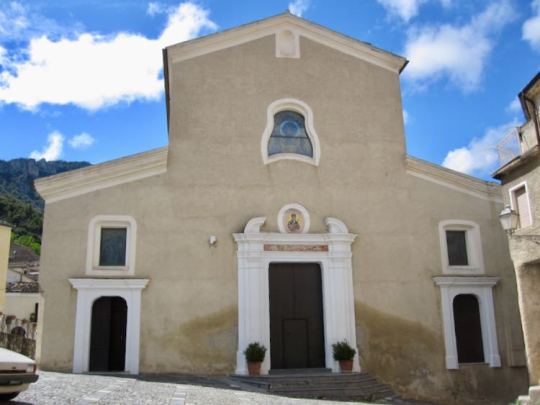
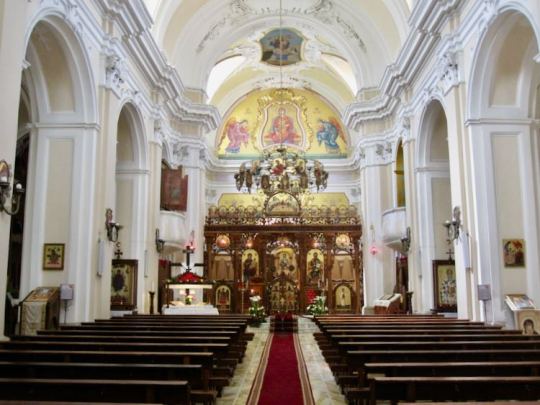


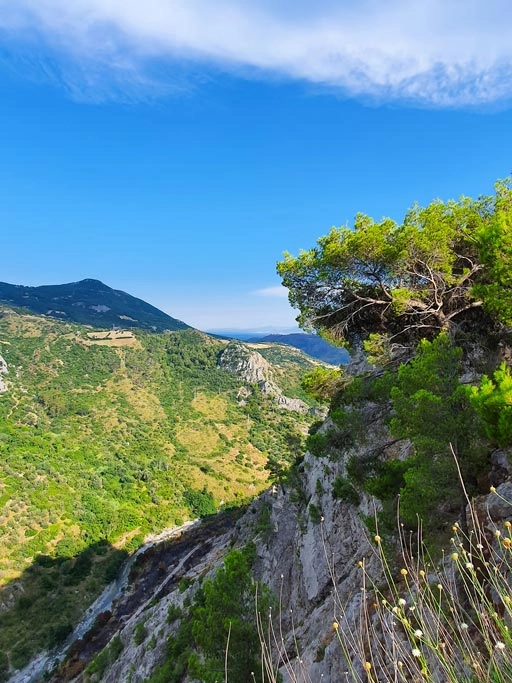
Civita, Calabria, Italy
Civita is hilltown town in Calabria in the heart of the Pollino National park, in Southern Italy's Calabria.
In Civita, Calabria, the history centers on an Albanian community fleeing from the Turks. While a precise arrival date is not known, the first Albanian explorers most likely came to the area in the 1470s. The “new” arrivals brought their language and culture with them, settling throughout the Pollino Mountains.
In keeping with Civita’s history, the local religion and village architecture reflect Arbëreshe culture. Just off the main piazza stands the Italian-Albanian Mother Church dedicated to Santa Maria Assunta. Its parishioners follow the Byzantine rite as part of the Eparchy of Lungro, an Italo-Albanian diocese in Calabria, subject to the Holy See. The Baroque structure features many elements of the Byzantine church, such as the beautiful iconostasis in walnut and olivewood, numerous icons and frescos.
Civita maintains its original layout, with neighborhoods of old two-story stone houses with large fireplaces situated along narrow lanes. Interestingly, the facades of several homes resemble faces, with a long chimney for the nose and windows for eyes.
The chimney stacks are another characteristic of the village, each unique design giving that personal touch to the habitation.
This village of fewer than 1,000 also boasts the dramatic natural setting of northern Calabria’s Pollino Mountains, part of Italy’s largest national park. One of Civita’s highlights is the Gole del Raganello, a deep canyon carved by the Raganello River, which flows to the Ionian Sea. From Civita’s enviable position of 450 meters (1,480 feet), views of the expansive river valley extend all the way to the sea!
From the oldtown, you can hike down the side of the canyon or take a jeep to the Ponte del Diavolo. This Devil’s Bridge has the familiar tale of having been constructed by the devil in exchange for the life of the first soul who crosses it. Being cleverer than the diavolo himself, the local landowner who made the pact with the devil tricked him by sending a sheep, instead of a person, over the new structure.
Photos by Un Trolley per Due and Calabria: The Other Italy
Follow us on Instagram, @calabria_mediterranea
#civita#calabria#italy#italia#south italy#southern italy#mediterranean#italian#europe#landscape#italian landscape#italian girls#italian girl#girl#girls#mountains#mountain#mountainscape#village#villages#italian landscapes#nature#nature photography#Arbëresh#albanian#chimney
21 notes
·
View notes
Text
The Three Garridebs
Originally published in 1925 and part of the 1927 Case-Book collection.
Refusals of honours are fairly common in Britain - some find the whole thing silly, some these days object to being in something called the "Order of the British Empire", some have political disagreements and others may hold out for something higher.
The South African War refers to the Second Boer War. This is going to get its own post at a later date.
"Britisher" was a contemporary term for British people; most people now use "Brit".
The "wheat pit" in Chicago refers to the Chicago Board of Trade Building, where wheat futures were traded. The building on the site was demolished in 1929 due to structural issues and replaced by the 1930 Art Deco building still on the site today.
Tyburn Tree refers to the former public execution site at Tyburn, near where Marble Arch is located today, which had a three-legged triangular gallows used for mass executions. The last execution was carried out there in 1783, before executions moved to Newgate Prison, now the site of the Old Bailey. A plaque marks the location.
Sotheby's and Christie's are two famous London auction houses.
Sir Hans Sloane was an Anglo-Irish physician, naturalist and collector, whose personal collection was bequeathed to the British nation on his death in 1753, forming the basis of three of London's major museums.
An artesian well is a well that brings water to the surface without pumping as it's under pressure below.
This was a time when the political machines were very much active in Chicago.
"Queen Anne" refers to the Baroque style of architecture popular during her reign from 1702 to 1714. There was a Queen Anne Revival style going at the time, which is somewhat different. Neither should be confused with the American style of architecture of that name.
The Bank of England is the sole printer of banknotes in England and Wales. Seven banks in Scotland and Northern Ireland are able to print banknotes there, but these are technically not legal tender and will generally be refused in England.
40 notes
·
View notes